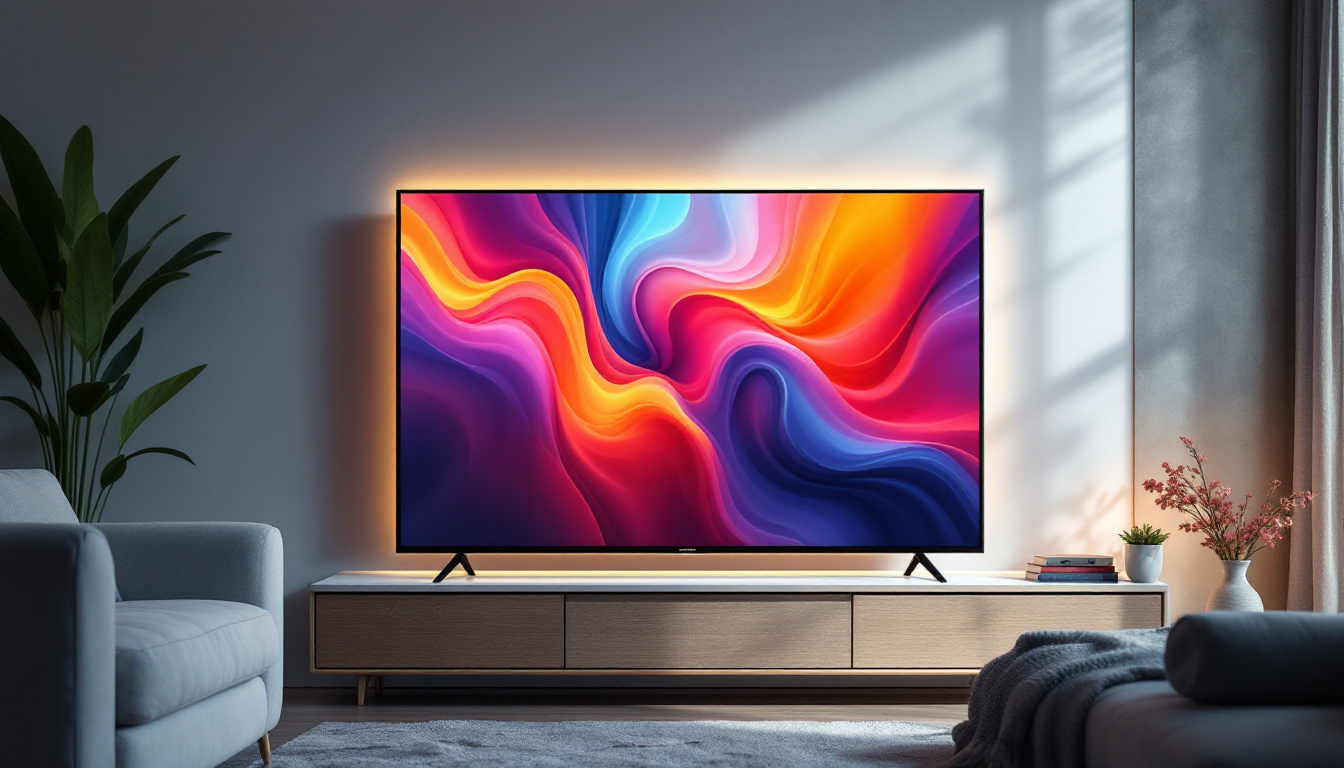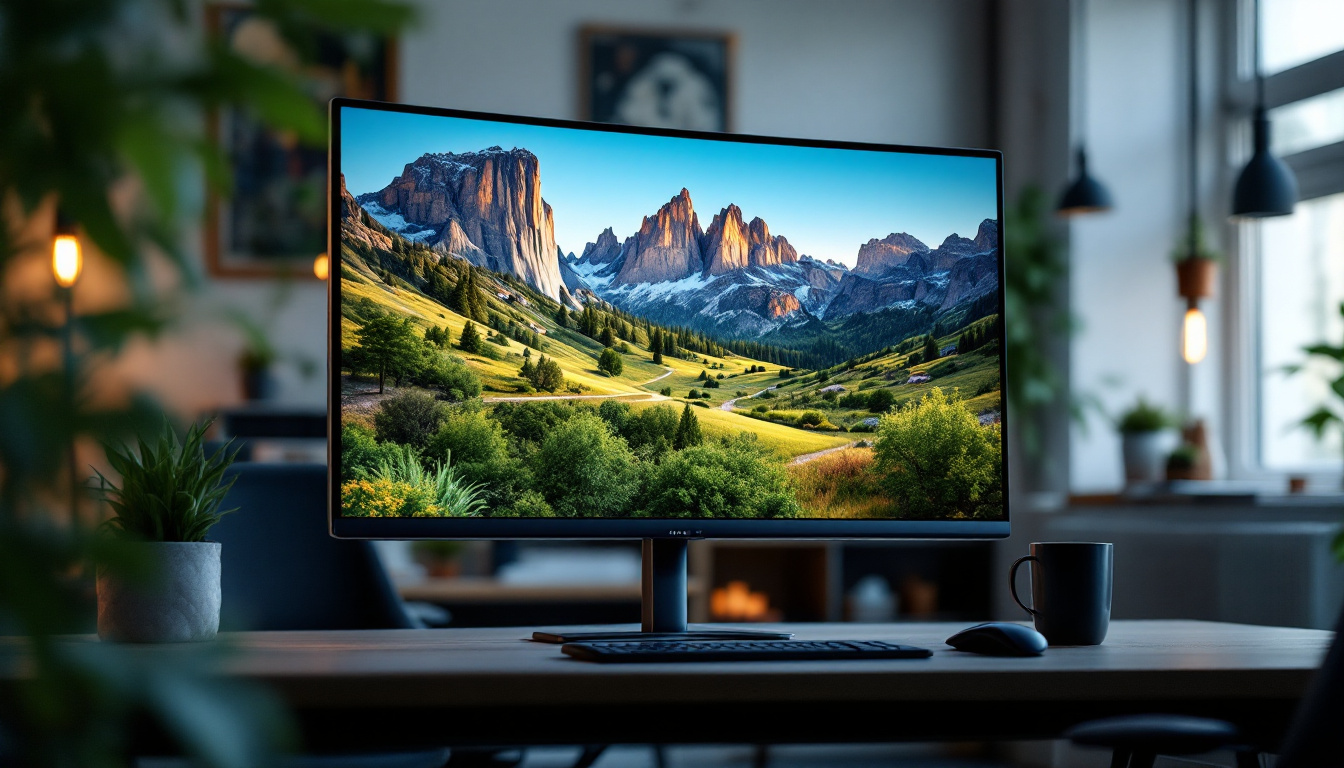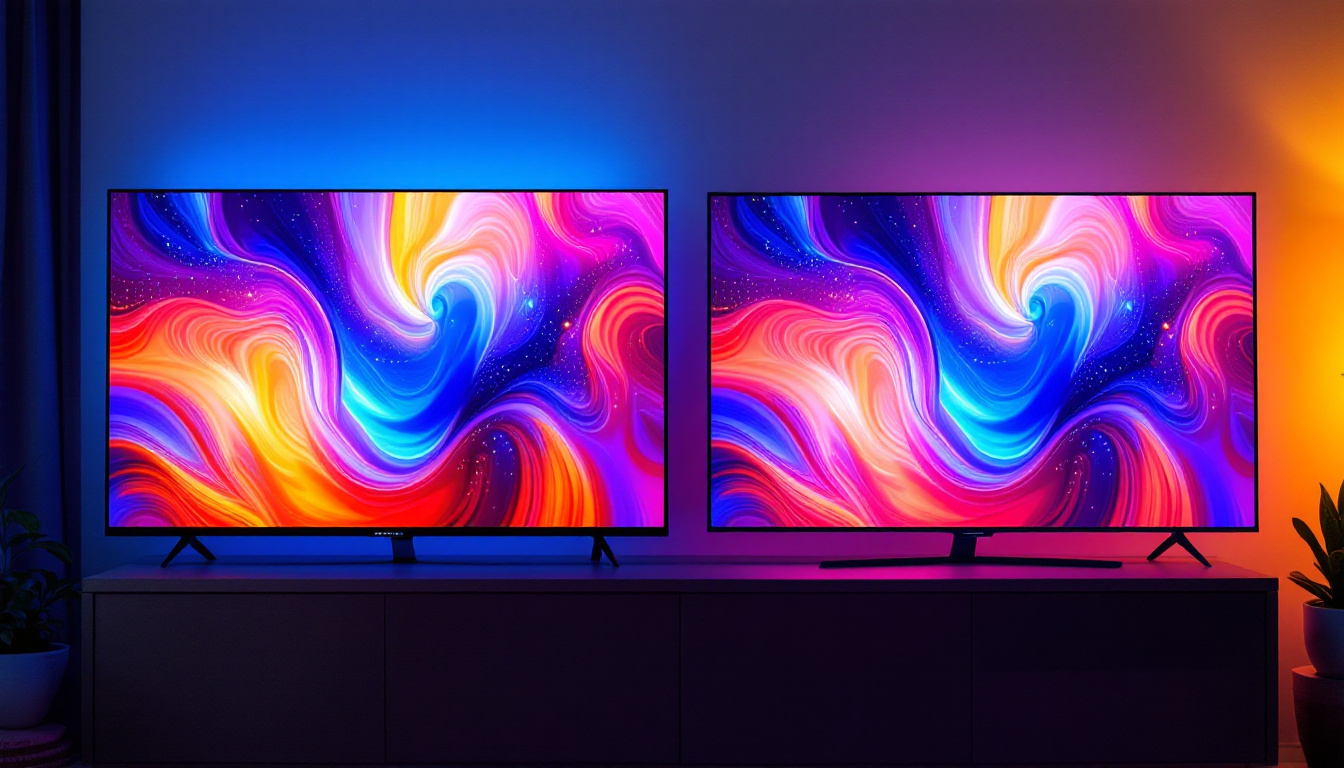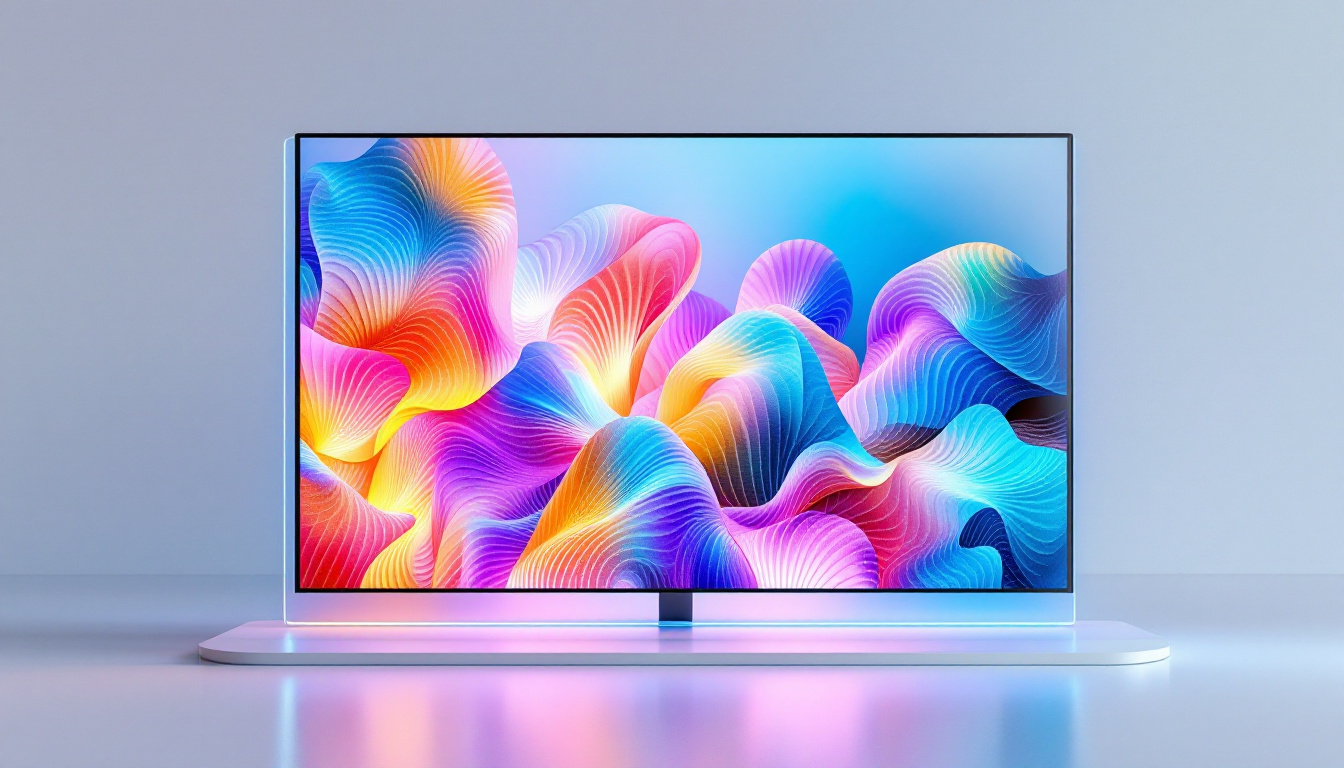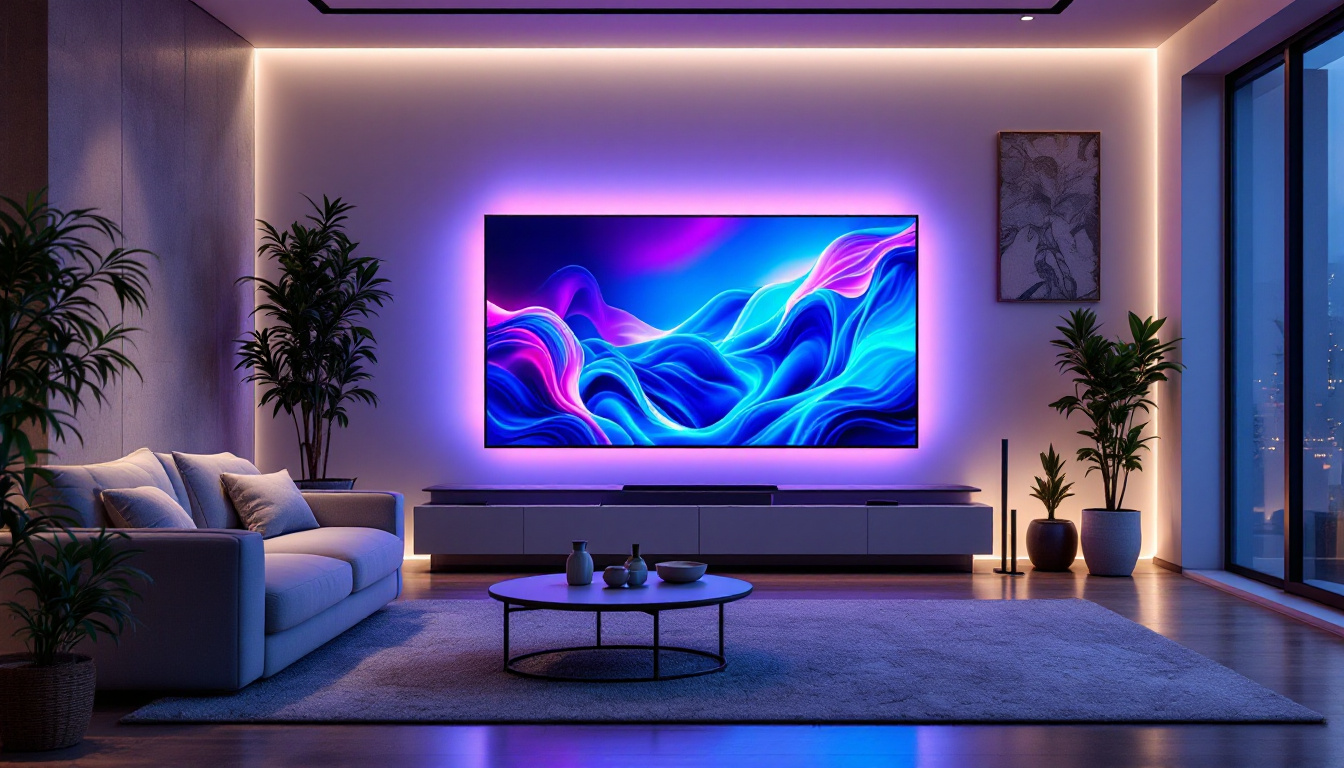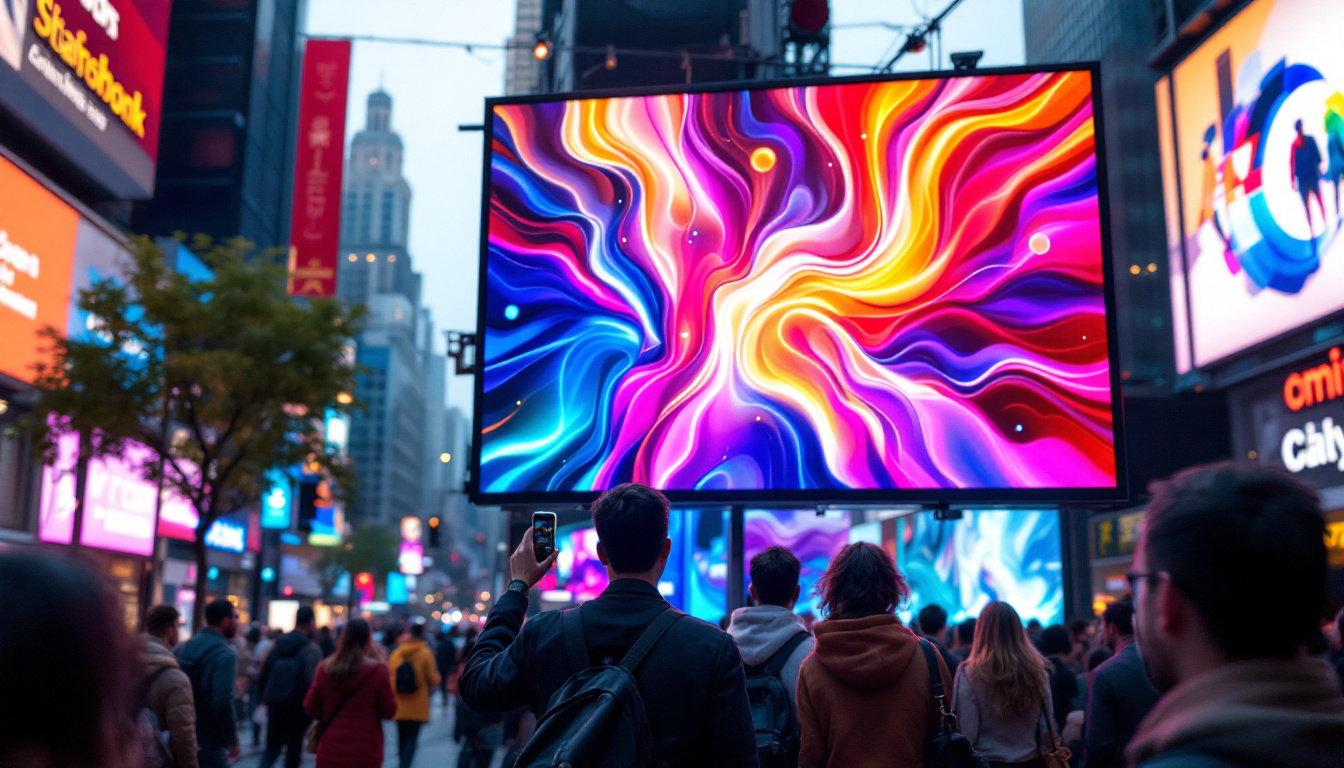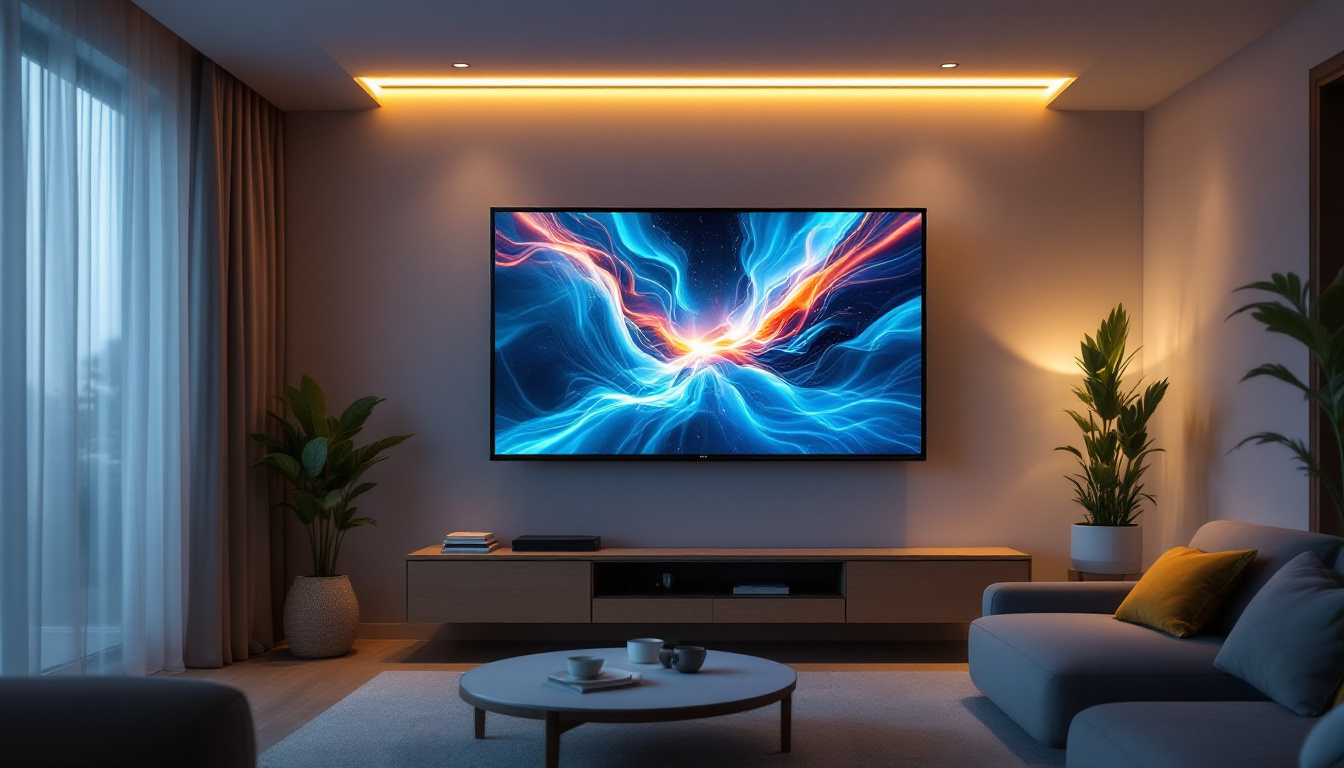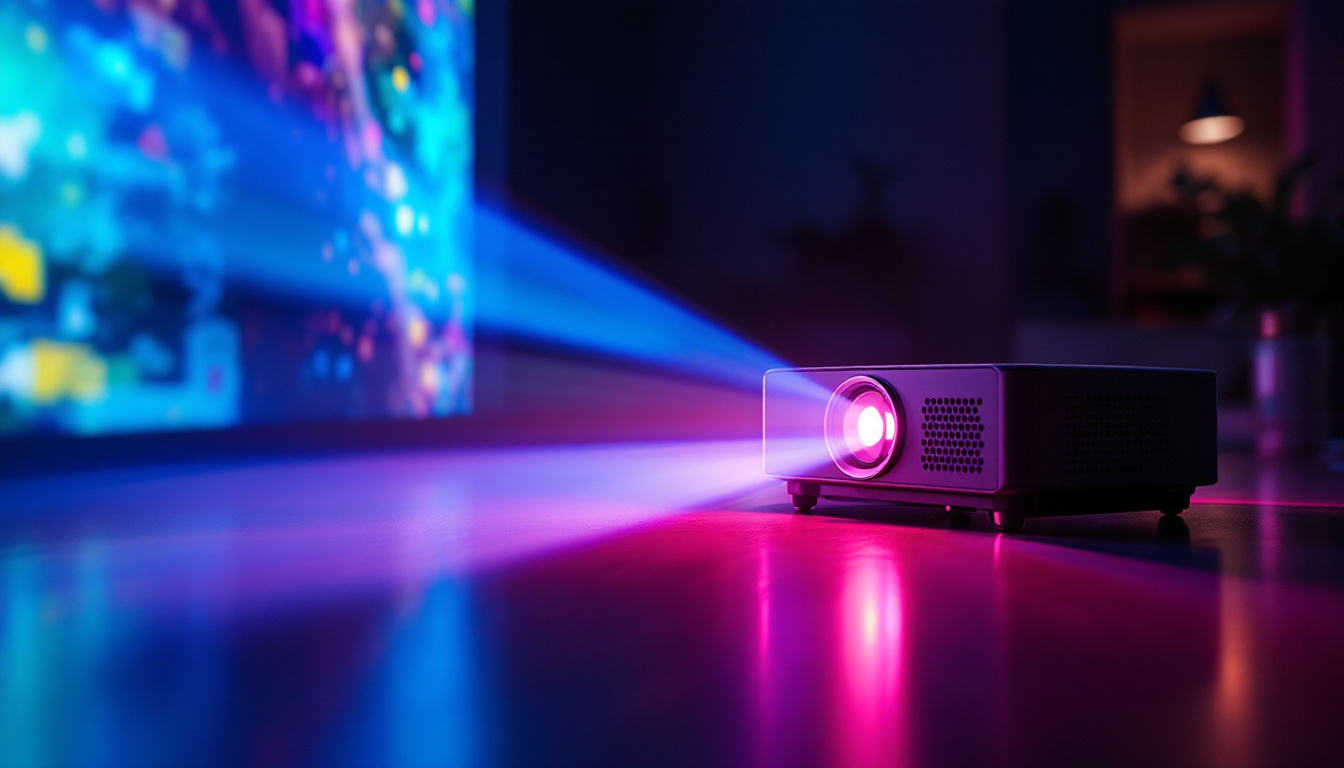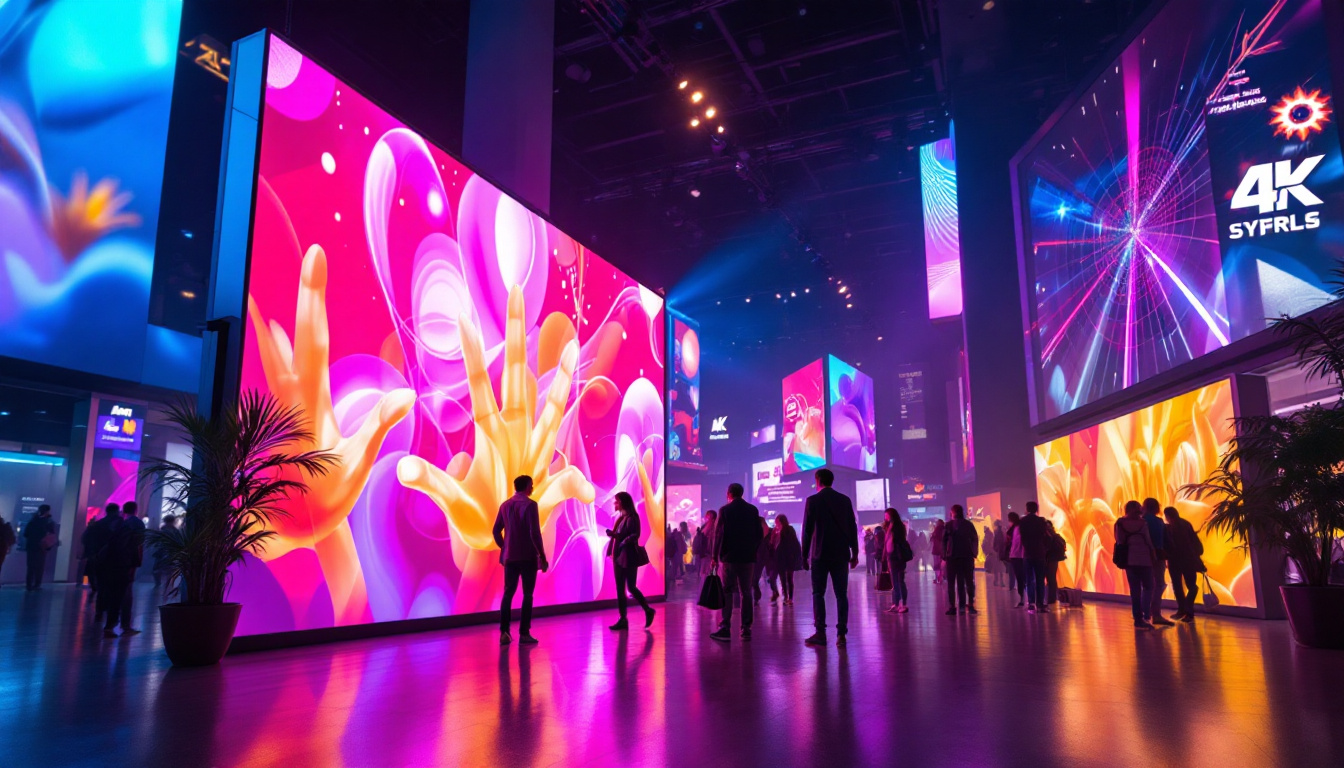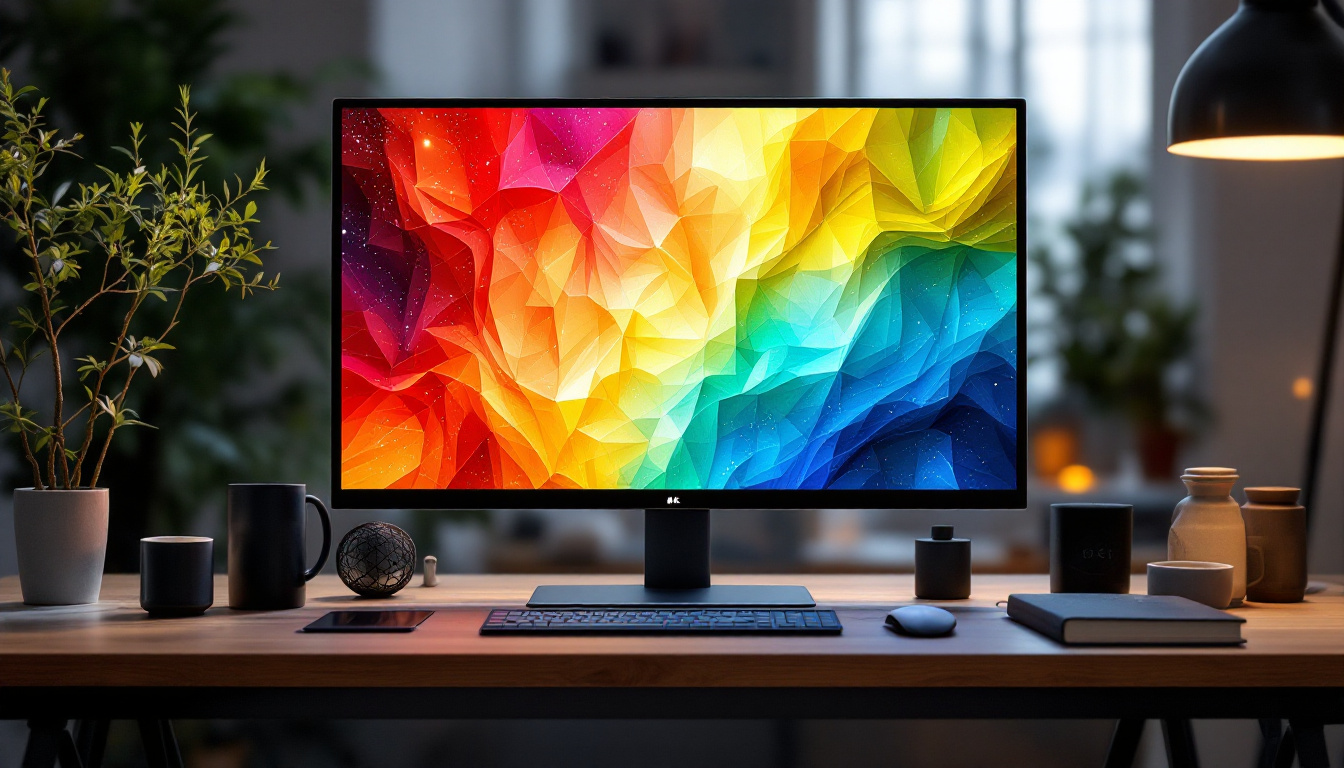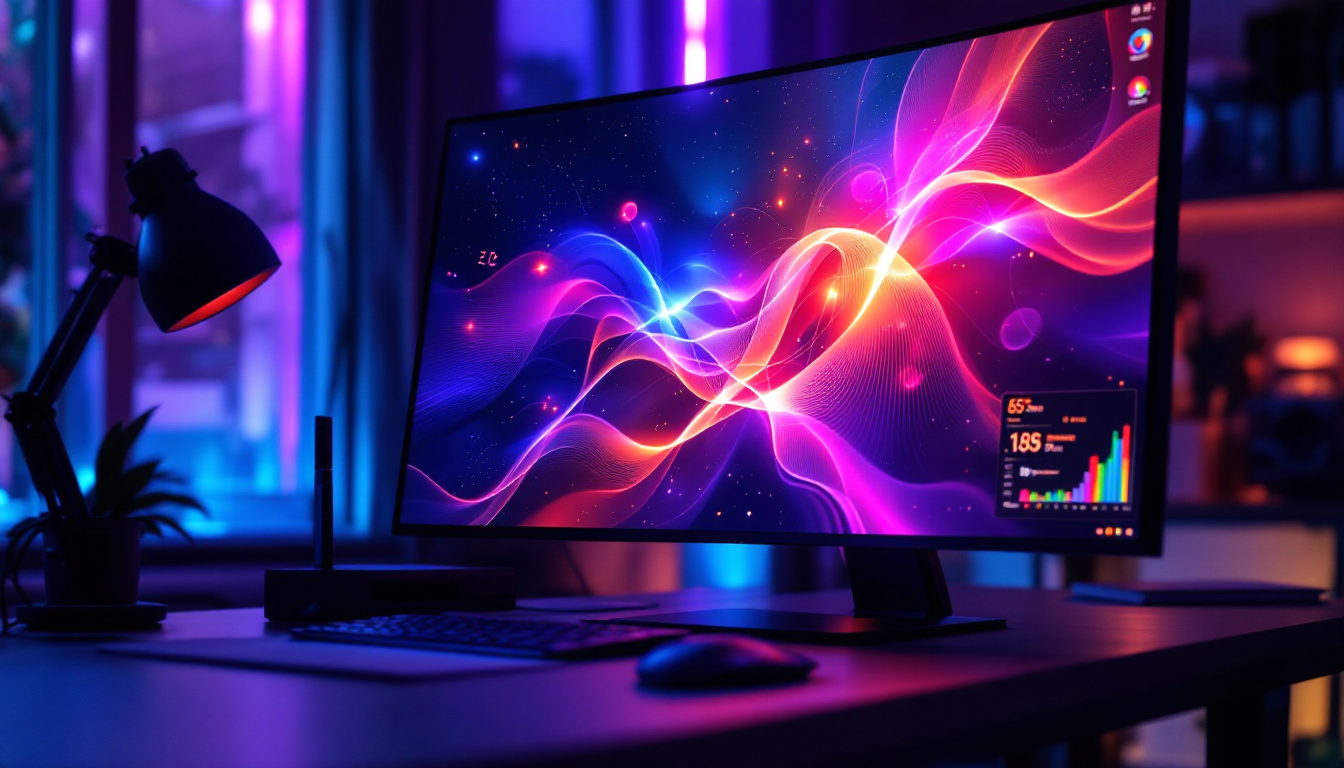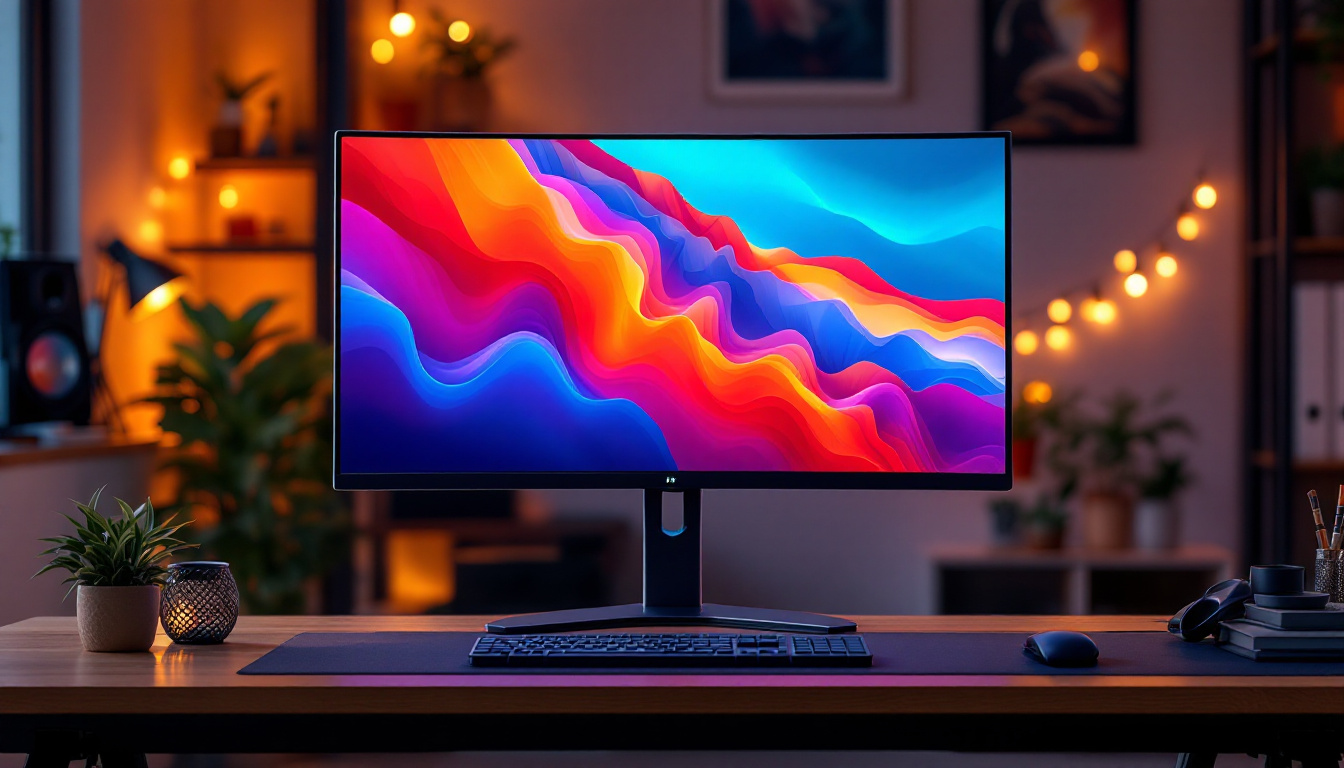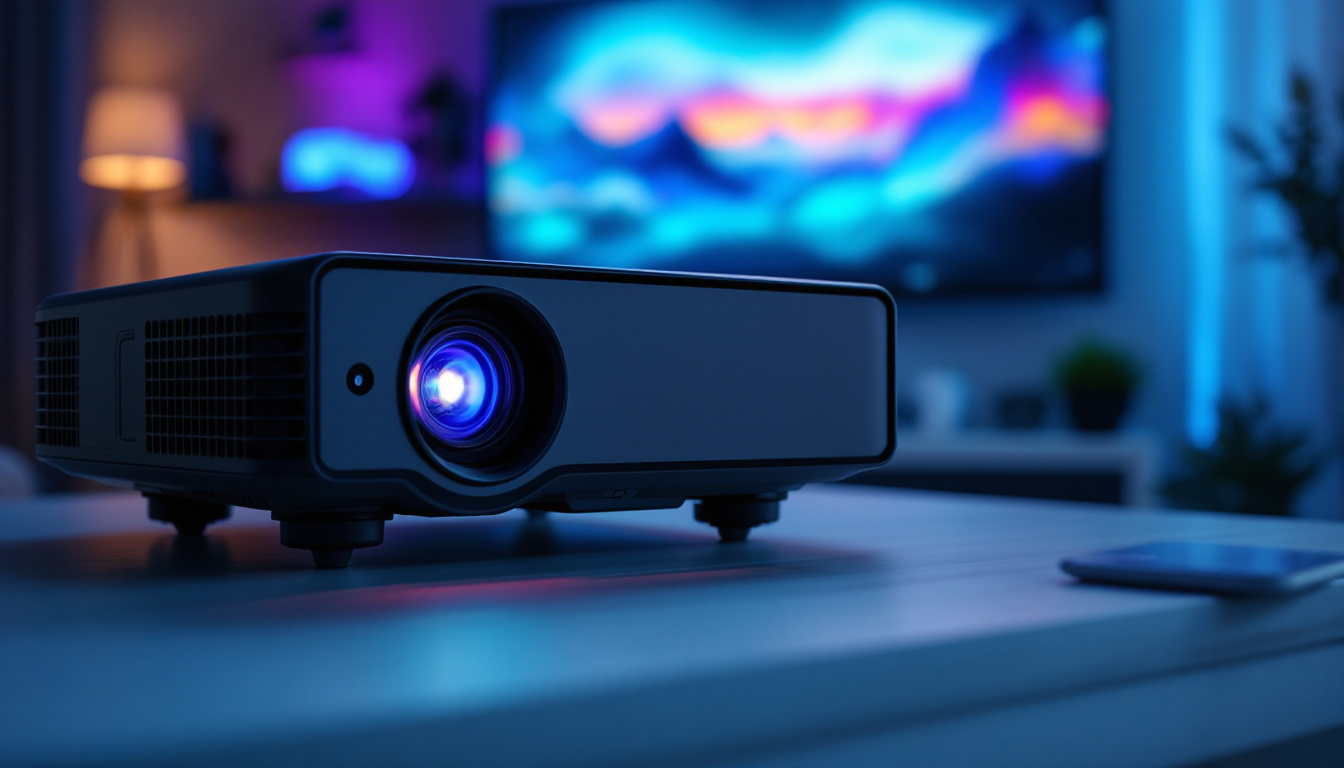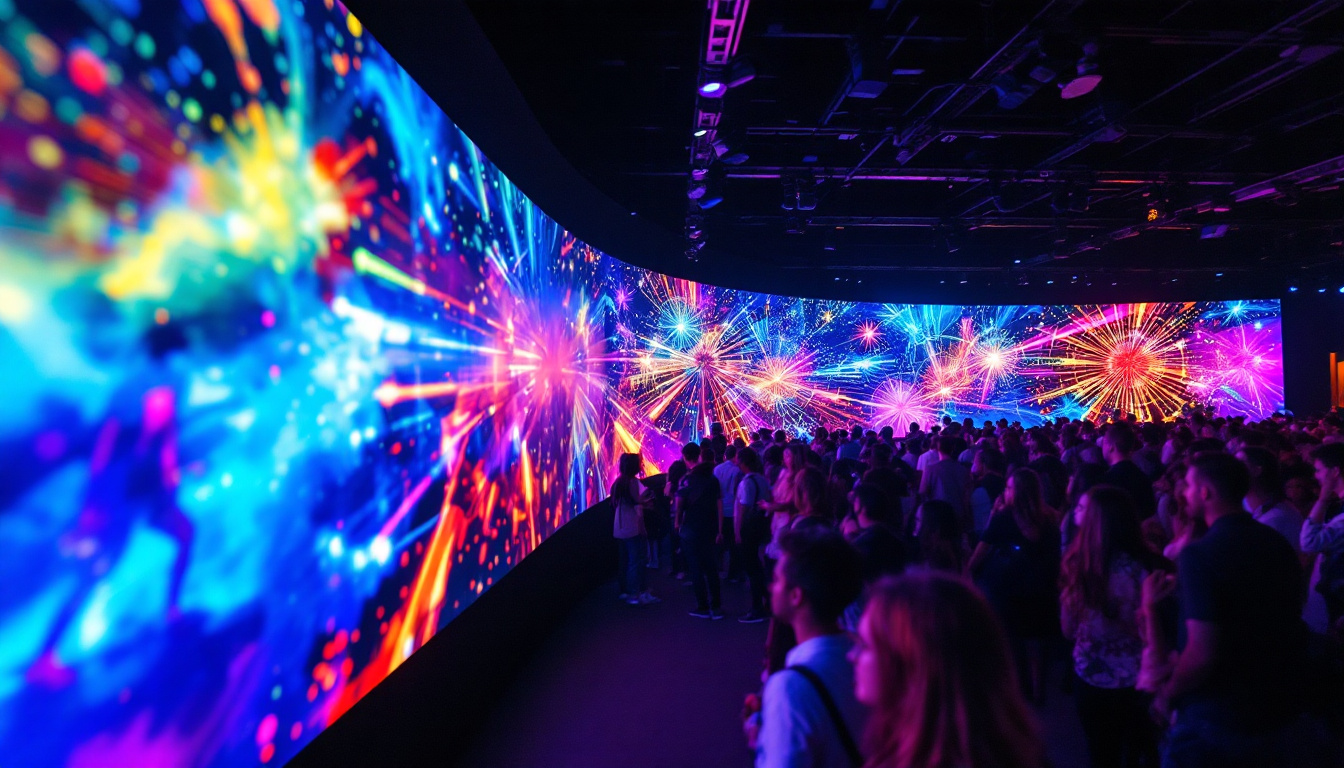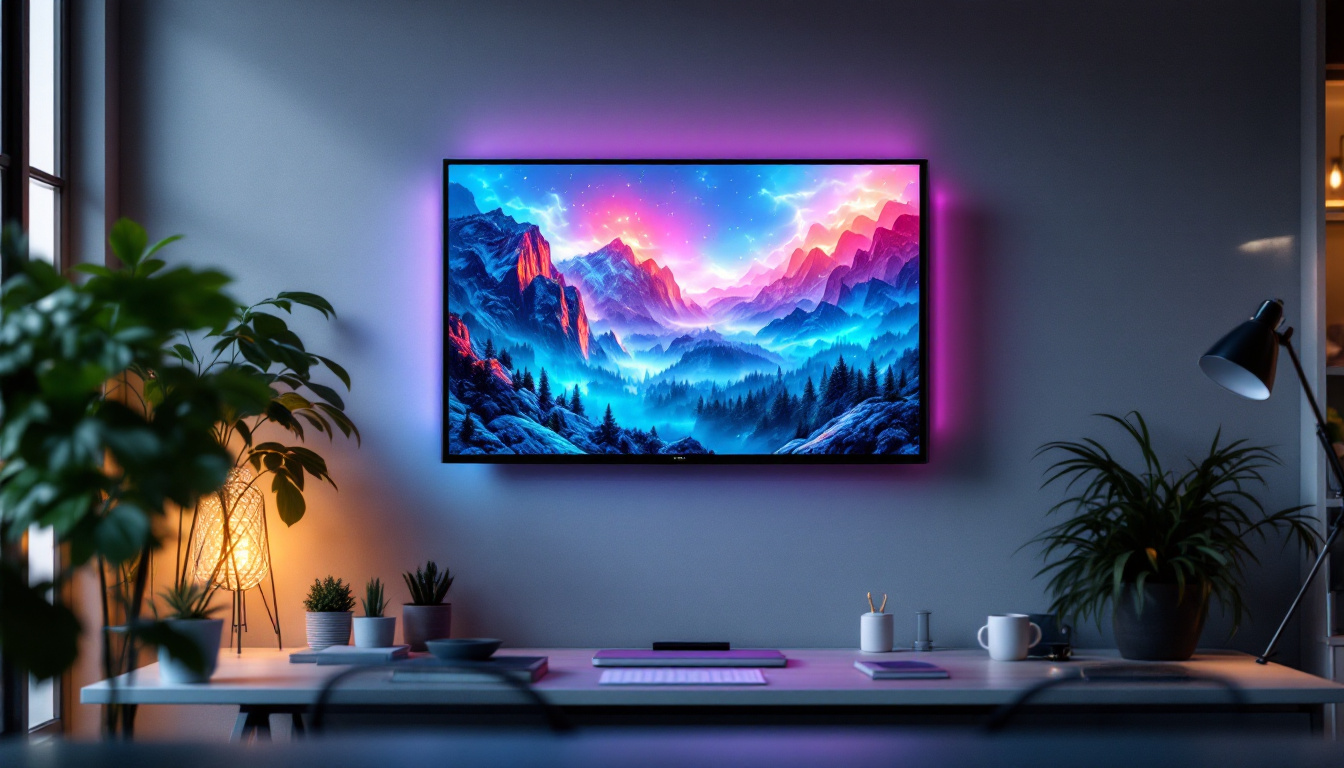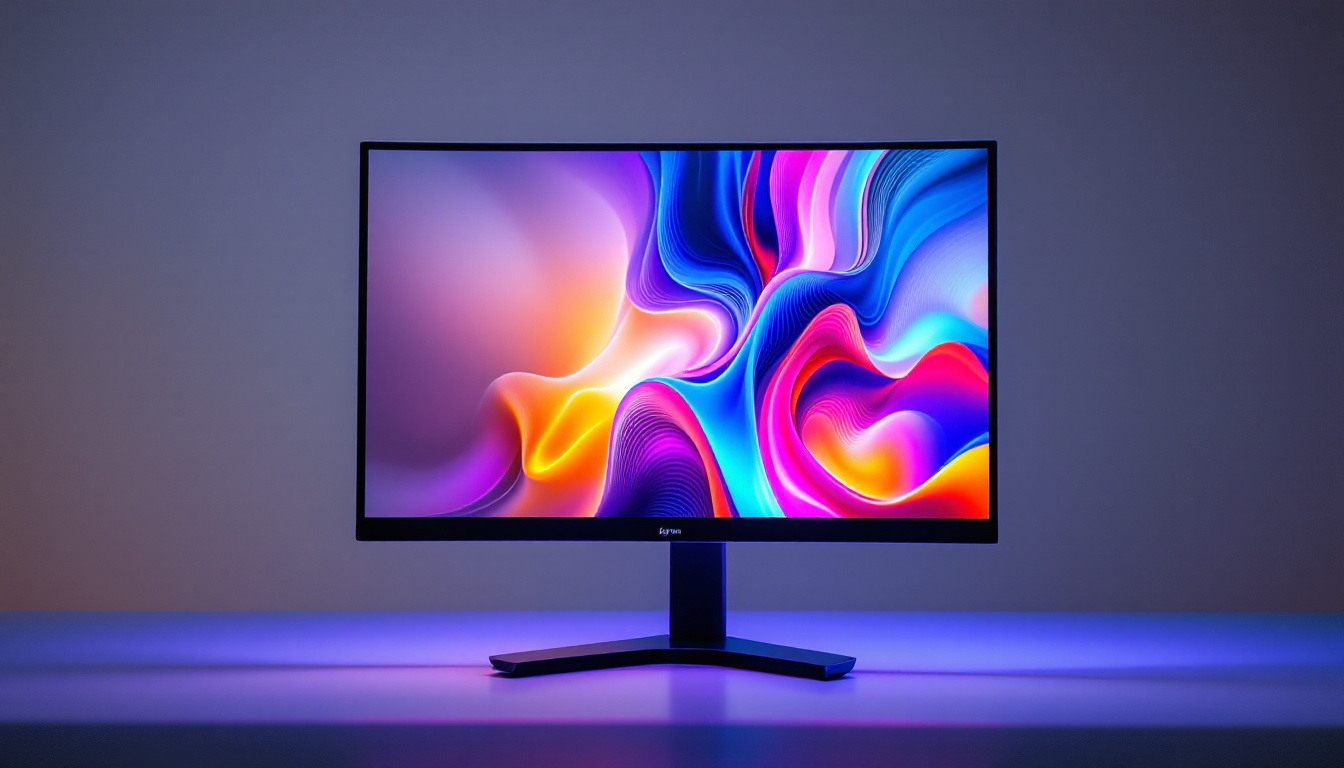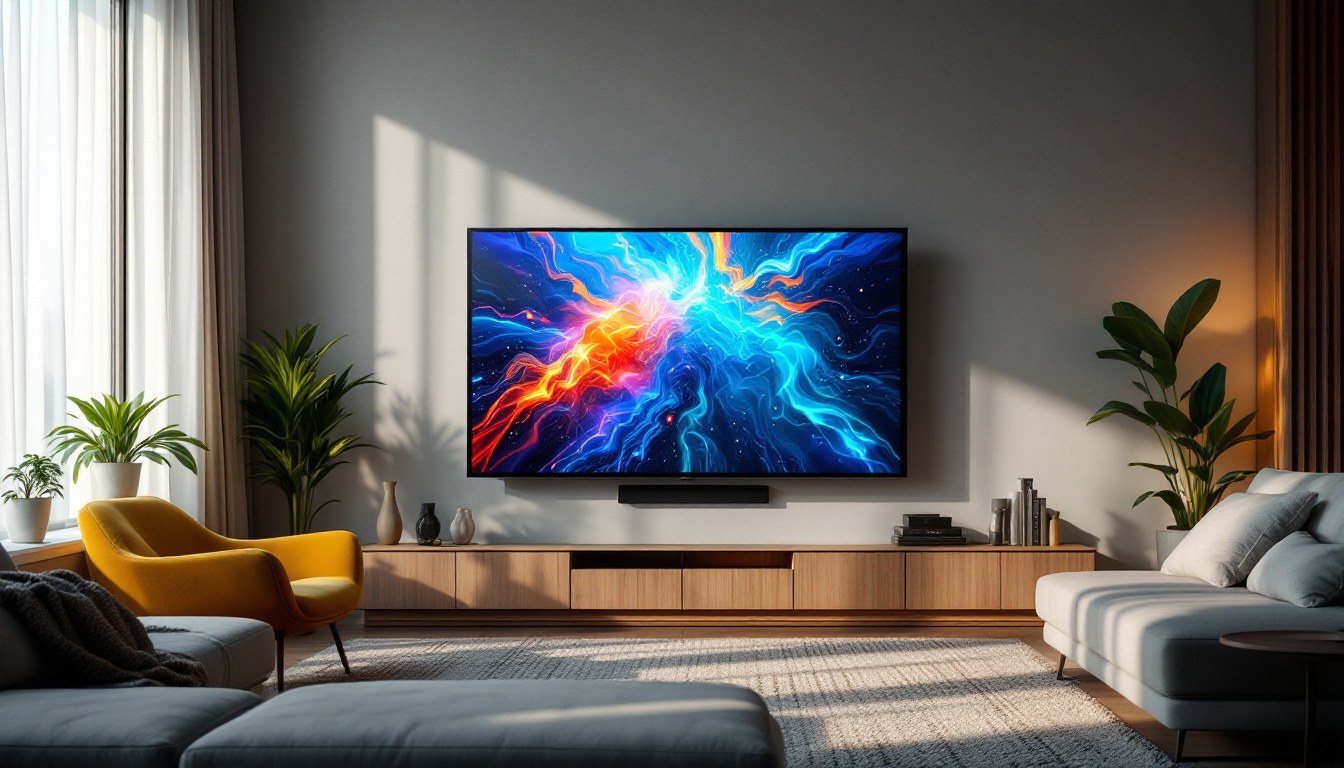Flatscreen TV PNG: LED Display Explained
In the modern age of entertainment, flatscreen televisions have become an essential part of our daily lives. With their sleek designs and advanced technology, they provide an immersive viewing experience that captivates audiences worldwide. Among the various types of flatscreen TVs, LED displays stand out for their superior picture quality and energy efficiency. This article delves into the intricacies of LED displays, their benefits, and how they compare to other technologies.
Understanding LED Technology
LED, or Light Emitting Diode, technology has revolutionized the way we experience television. Unlike traditional cathode ray tube (CRT) televisions, which rely on bulky components and outdated technology, LED TVs use a more compact and efficient display method. This section will explore how LED technology works and its advantages over older display types.
How LED Displays Function
At the core of LED technology is the use of diodes that emit light when an electric current passes through them. In LED TVs, these diodes are arranged in a matrix behind the screen, illuminating the pixels to create images. The most common types of LED displays are backlit and edge-lit. Backlit LED displays feature a full array of LEDs behind the screen, providing uniform brightness and better contrast. On the other hand, edge-lit displays have LEDs positioned along the edges, which can result in a thinner profile but may lead to uneven brightness.
Moreover, LED TVs can be further categorized into two types: standard LED and OLED (Organic Light Emitting Diode). While standard LED TVs utilize a backlight, OLED displays have self-emissive pixels that can turn on and off independently, resulting in deeper blacks and vibrant colors. This distinction is crucial for consumers looking to invest in a high-quality viewing experience. The technology behind OLED also allows for flexible displays, paving the way for innovative designs in the television market, including curved screens and ultra-thin models that can be mounted seamlessly on walls.
Benefits of LED Displays
LED displays offer numerous advantages over traditional television technologies. One of the most significant benefits is energy efficiency. LED TVs consume less power than their CRT and plasma counterparts, making them an eco-friendly choice for consumers. This efficiency not only reduces electricity bills but also minimizes the environmental impact associated with energy consumption. Furthermore, many LED TVs are designed with energy-saving modes that automatically adjust brightness based on ambient light, further enhancing their energy-efficient capabilities.
Another notable advantage is picture quality. LED displays provide enhanced brightness and color accuracy, making them ideal for viewing in various lighting conditions. Whether watching a movie in a dimly lit room or during the day with natural light streaming in, LED TVs maintain clarity and vibrancy. Additionally, advancements in technology have led to features such as HDR (High Dynamic Range), which further improves contrast and color range, resulting in a more lifelike viewing experience. The integration of smart technology in many LED TVs also allows users to access streaming services, browse the internet, and enjoy interactive features, making them not just a source of entertainment but a hub for digital connectivity in the home.
Comparing LED with Other Display Technologies
While LED displays are popular, it is essential to understand how they stack up against other technologies such as LCD, plasma, and OLED. Each technology has its unique characteristics, advantages, and disadvantages, which can influence consumer choices. The rapid evolution of display technology means that consumers have more options than ever, making it crucial to weigh the pros and cons of each type to find the perfect fit for their needs.
LED vs. LCD
LED and LCD (Liquid Crystal Display) are often confused, as LED is technically a type of LCD that uses LED backlighting. Traditional LCDs rely on fluorescent backlighting, which can lead to less vibrant colors and lower energy efficiency. LED backlighting improves the performance of LCDs, providing better contrast and color accuracy. However, when comparing the two, it’s crucial to note that LED displays generally offer superior picture quality and energy savings. Additionally, advancements in LED technology, such as local dimming and quantum dot enhancements, have further bridged the gap, making LED displays even more appealing for consumers looking for high-definition viewing experiences.
LED vs. Plasma
Plasma TVs were once the go-to choice for high-quality displays, particularly for larger screens. They excel in producing deep blacks and vibrant colors due to their self-emissive technology. However, they are heavier, consume more power, and are more prone to burn-in issues compared to LED displays. As technology has advanced, LED TVs have become the preferred option for most consumers, offering a balance of performance, energy efficiency, and affordability. Furthermore, plasma displays often struggle in brightly lit environments, where reflections and ambient light can wash out the picture quality. In contrast, LED displays are designed to perform well in various lighting conditions, making them more versatile for different viewing environments.
LED vs. OLED
OLED technology has emerged as a strong competitor to LED displays, particularly for those seeking the best possible picture quality. OLED screens provide superior contrast ratios and color accuracy, thanks to their ability to turn off individual pixels completely. However, OLED TVs tend to be more expensive than their LED counterparts. For consumers on a budget, LED displays still offer excellent performance and value. Moreover, OLED technology, while impressive, has its own set of challenges, including potential longevity issues and susceptibility to image retention. This has led many consumers to consider their viewing habits and environments when making a choice between OLED and LED, as the latter may offer a more practical solution for everyday use, especially in households with children or in shared spaces where varied content is viewed frequently.
Choosing the Right LED TV
When it comes to selecting the ideal LED TV, several factors should be considered to ensure the best viewing experience. From screen size to resolution, understanding these elements can help consumers make informed decisions.
Screen Size and Viewing Distance
One of the first considerations when purchasing an LED TV is the screen size. The ideal size often depends on the viewing distance from the screen. A general rule of thumb is to sit at a distance of 1.5 to 2.5 times the diagonal size of the screen. For instance, if a viewer is sitting 8 feet away, a 55 to 75-inch TV would be suitable. Choosing the right size ensures an immersive experience without straining the eyes. Additionally, it’s worth noting that larger screens can enhance the cinematic feel when watching movies or sports, making it feel as though you’re part of the action. However, it’s essential to balance size with the space available in your room, as an oversized TV in a small area can overwhelm the environment and detract from the overall aesthetic.
Resolution Matters
Resolution is another critical factor that influences picture quality. LED TVs come in various resolutions, including Full HD (1080p), 4K (2160p), and even 8K. While Full HD is sufficient for most viewing needs, 4K TVs are becoming increasingly popular due to their ability to display four times the resolution of Full HD, resulting in sharper images and more detail. For those who enjoy streaming content or gaming, investing in a 4K LED TV can significantly enhance the experience. Moreover, many streaming platforms now offer content in 4K, making it a worthwhile investment for avid viewers. As technology continues to advance, 8K TVs are also emerging, promising even more detail and clarity, although the availability of native 8K content remains limited for now.
Smart Features and Connectivity
Modern LED TVs often come equipped with smart features that allow users to access streaming services, browse the internet, and connect with other devices. When selecting a TV, consider the operating system and the availability of popular apps. Additionally, check for connectivity options such as HDMI ports, USB ports, and wireless capabilities to ensure compatibility with other devices like gaming consoles, sound systems, and Blu-ray players. The integration of voice assistants and smart home compatibility can also enhance the user experience, allowing for seamless control over your entertainment system. Furthermore, features like screen mirroring can enable users to share content from their smartphones or tablets directly to the TV, making it easier to enjoy photos, videos, and presentations on a larger screen. As technology evolves, the importance of these smart features continues to grow, making them a key consideration in the purchasing process.
Maintaining Your LED TV
To prolong the lifespan and performance of an LED TV, proper maintenance is essential. Regular care can prevent common issues and ensure optimal viewing quality over time.
Cleaning the Screen
Keeping the screen clean is vital for maintaining picture clarity. Dust and fingerprints can accumulate on the surface, affecting the viewing experience. To clean the screen, use a microfiber cloth and a gentle cleaning solution specifically designed for electronics. Avoid using harsh chemicals or abrasive materials, as they can damage the screen.
Optimal Settings
Adjusting the settings on an LED TV can significantly enhance picture quality. Most TVs come with preset modes, such as Standard, Movie, and Vivid. Experimenting with these settings can help find the best balance for different types of content. Additionally, consider adjusting the brightness, contrast, and color settings to suit personal preferences and viewing environments.
Regular Software Updates
For smart LED TVs, keeping the software updated is crucial for performance and security. Manufacturers often release updates that enhance functionality, fix bugs, and improve compatibility with new apps. Regularly checking for updates ensures that the TV operates smoothly and remains secure from potential vulnerabilities.
Conclusion
LED displays have transformed the landscape of home entertainment, offering superior picture quality, energy efficiency, and a range of features that enhance the viewing experience. Understanding the technology behind LED TVs, as well as their benefits and comparisons with other display types, empowers consumers to make informed choices when purchasing a new television.
As technology continues to evolve, LED TVs remain a popular choice for their balance of performance and affordability. By considering factors such as screen size, resolution, and smart features, consumers can find the perfect LED TV to suit their needs. With proper maintenance and care, an LED TV can provide years of enjoyable viewing, making it a worthwhile investment for any home.
Discover the Future of Visual Experience with LumenMatrix
Ready to elevate your home entertainment or enhance your business’s brand visibility? Look no further than LumenMatrix, a pioneer in LED display technology. Our extensive range of solutions, from Indoor and Outdoor LED Wall Displays to innovative LED Sports and Floor Displays, is designed to create immersive visual experiences that captivate and engage. Embrace the revolution in visual communication with our cutting-edge digital signage and LED displays. Check out LumenMatrix LED Display Solutions today and transform the way you share your message with the world.

